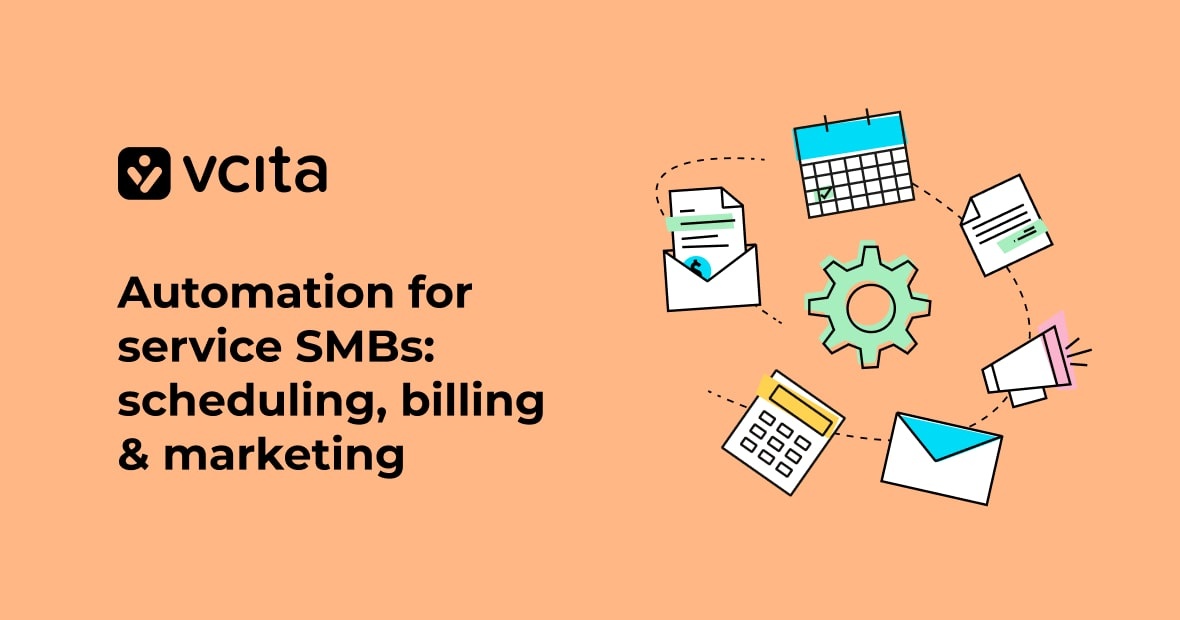If you’ve ever returned something at a store, you’ve probably noticed that when you do, they issue you a new receipt with a negative balance. Why? Keeping records of transactions is important. It’s useful information for you, but it’s also important information for the store in case they get audited.
Credit notes work in a similar way, only with invoices instead of POS receipts. When you decide to give your client a refund or discount after you’ve already created an invoice, you’ll have to create a credit note. Below is our complete guide to when, why, and how to issue credit notes.
What is a credit note?
First, a brief definition: a credit note is an official record of a discount applied to a client’s account. It’s usually tied to a specific invoice or payment, but it can also stand on its own. You might also hear people refer to it as a credit memo.
Why are credit notes important?
In the US, UK, Canada, and many other countries, you’re required by law to keep a copy of all your invoices. That’s still true even if you end up refunding the client or creating a new one for a discount.
Why? It’s mainly to give any potential tax auditors complete, accurate information to show you’re not falsifying your accounting records. You should always issue a credit note for a refund instead of deleting or modifying an invoice you’ve already created.
If you’ve created an invoice in error, you can just void the invoice instead of issuing a credit note. However, if your invoice has already been sent to the client, a credit note will act as an important record of why the invoice (or part of it) ended up being unpaid.
When should you issue a credit note?
You should issue a credit note whenever you have to reduce the amount of an invoice that’s already been issued to a client, or apply credit to their account. Here are some common types of situations where you need to issue credit notes:
- When your client needs a refund or discount on an invoice: You might need to refund or discount an invoice if your client was unhappy with your services. In that case, you’d send your client a credit note that referenced the original invoice and showed the return as a negative total.
- When your client overpays an invoice: If your client overpays an invoice, you’d issue a credit note for their account, and apply it to a future invoice. Your credit note in this case would reference the overpayment it refers to.
- If you offer early payment discounts and your client pays early: Offering early payment discounts is way easier with credit notes. Invoice for the full amount, with a note about the discount for early payments. Then credit the invoice if your client pays early at the discounted rate.
- When you want to credit a client’s account for referral programs, promotions, etc: Sometimes you might decide to offer a discount of a specific dollar amount on a client’s next purchase if they give you a referral. In that case, you could apply a credit note to their account that doesn’t reference a specific invoice. The credit note would show up as a line item on their next invoice.
What info do I need to include on a credit note?
Credit notes should have most of the same info as an invoice: the date of issue, important contact details, and any items you’re crediting. Here are a few important pieces of info that you should include on credit notes:
- A reference to the invoice or payment number the credit note applies to (if applicable).
- A unique credit note number to reference on future invoices (often it will have “CR” behind the number to make it easily identifiable).
- A clear indication—in big, bold letters—that it’s a credit note, so your client doesn’t accidentally pay it!
- Any further information about what the credit was for. For example, “overpayment of invoice #1234” or “refund for goods damaged during shipping.”
In general, if you’re questioning whether your credit note has enough information, picture this scenario: a client calls you and asks what the credit was for. Can you look up the credit note and use the info on it to answer their question? If not, your credit note needs more detailed info.
What are the types of credit notes?
What type of information to include will also depend on the type of credit note you’re issuing. Generally, there are two types of credit notes:
1. Internal credit notes
Internal credit notes are ones you don’t send to your client. This type of credit note is most common when a client wants the credit applied to their next invoices. This can happen when they’ve overpaid, but these types of credit notes also come into play when you have to apply a discount to an invoice they haven’t paid yet.
Sending your client a credit note might be confusing in cases where the client isn’t expecting a refund, just a discounted invoice. In cases like these, it’s better to create an internal credit note and reference the amount with a credit note number as a line item on their next invoice.
You can format internal credit notes the same way as external credit notes, but since your client won’t see them, they don’t need to look fancy.
2. Refund credit notes
Refund credit notes are for when your client needs confirmation that their account has been credited. It’s par for the course for refunds, when you’re just returning money to your client’s card or bank account.
Refund credit notes need to be clear for your client. It’s not uncommon to have a few sentences above the line items reminding them what the credit is for. You can also use this space to send a message, such as an apology for not meeting expectations.
3. Promotional credit notes
You might be asking: what about credit notes for discounts? The answer is, they’re optional but advisable. If your client has a coupon or promo code, creating a credit note in your system can help you keep track of it, particularly if you don’t have software to record it. These credit memos can be either internal or a document you send to your client.
It’s generally a good practice to have accounting records that state why there’s a discount on an invoice. Credit memos can also help you avoid paying too much tax when you’re discounting taxable goods and services.
The easiest way to issue and apply credit notes
The fastest way to issue a credit note is with invoicing software like vcita. Automated invoicing software lets you create credit notes seamlessly from existing invoices or on their own. It helps you keep the format of your credit note the same as the format of your invoices, and you can apply discounts and coupons automatically.
Applying credit notes is also easier with software that tracks client account balances, so you can automatically see when you need to issue your client a credit. Otherwise, it’s easy to forget to apply open credit notes, leaving an unclaimed balance on your client’s account.
One easy backup strategy is to review all of the open credit notes in your system before you start billing. Make a note of each client that needs a credit applied to their invoice, so you’ll remember to do it.
How to record credit notes in your billing system
If you have automated accounting software, your credit notes will automatically be recorded in your billing system. Creating credit notes in automated billing is important because it makes the correct accounting entry in your system.
In manual accounting, a credit note is a credit to Accounts Receivable and a debit to Sales Returns. If that sounds backwards, remember that in accounting, AR is an asset account that’s increased by debits, so a credit to AR will decrease the account. If you’re using automated software, you don’t need to understand this—the software will do it for you.
The difference between credit and debit notes
You might have heard the term “debit note” before; they’re similar to credit notes, only they’re for unpaid amounts. How are they different from invoices? Generally, they’re used in B2B sales to notify the client that their account is being debited.
For example, an office supply company that invoices once a month might send a debit note along with a shipment of office supplies. Both the client and the office supply company know that the invoice will come later, but the debit note lets them know how much their individual shipment cost.
Debit notes can also be used to correct invoices that underbilled a client—for example, when a line item was omitted and the invoice amount needs to be increased. Like a credit note, they’d modify the invoice accordingly without creating an entirely new one.
Credit notes keep your records straight
Credit notes are an important part of invoicing. They tell you exactly why you’ve made changes to any of your existing invoices, but more importantly, they’ll give tax professionals that same information. Keep your records straight with credit notes, and you’ll save yourself a lot of time and hassle in the future!




























